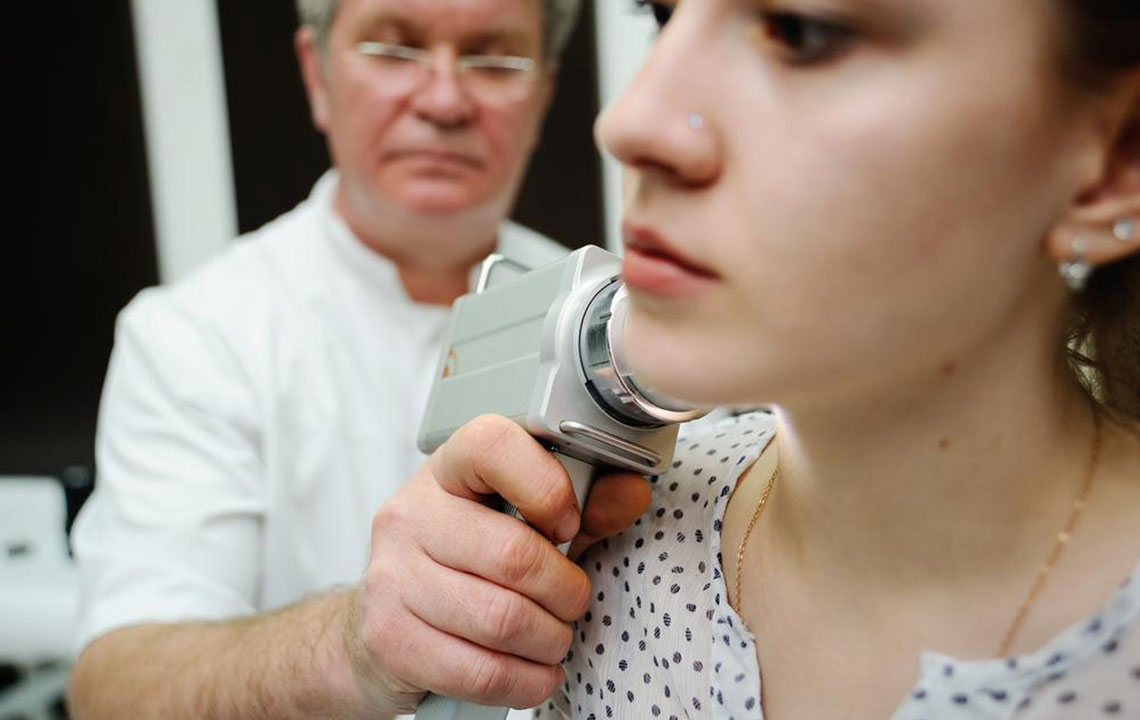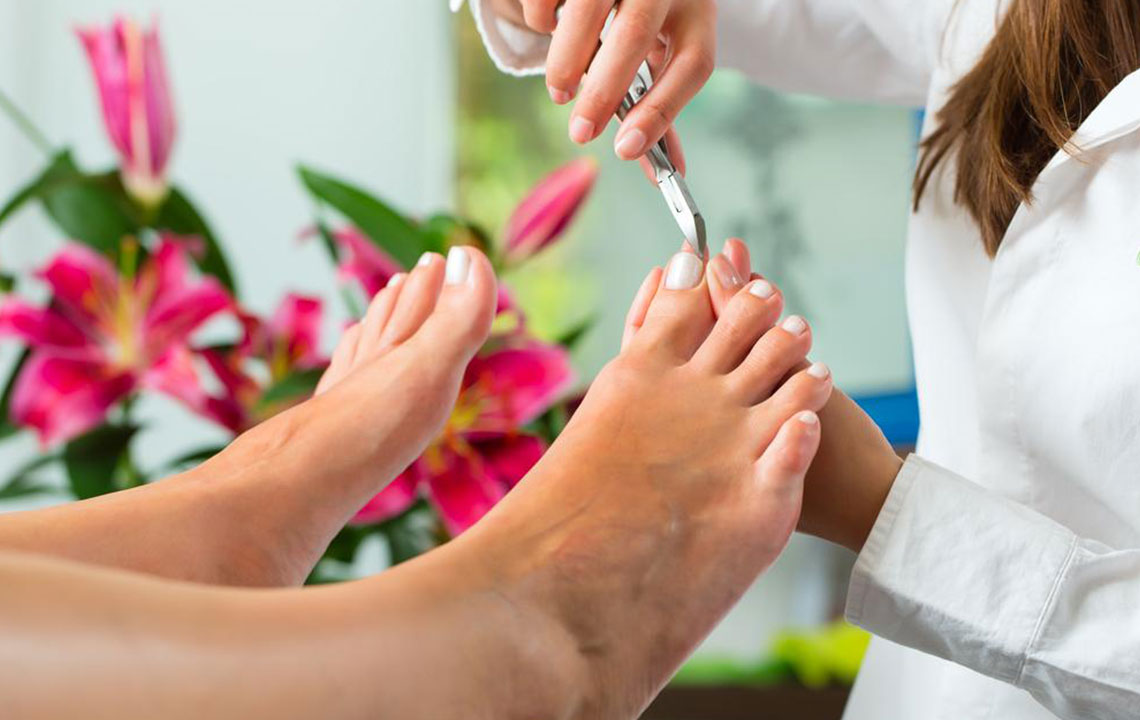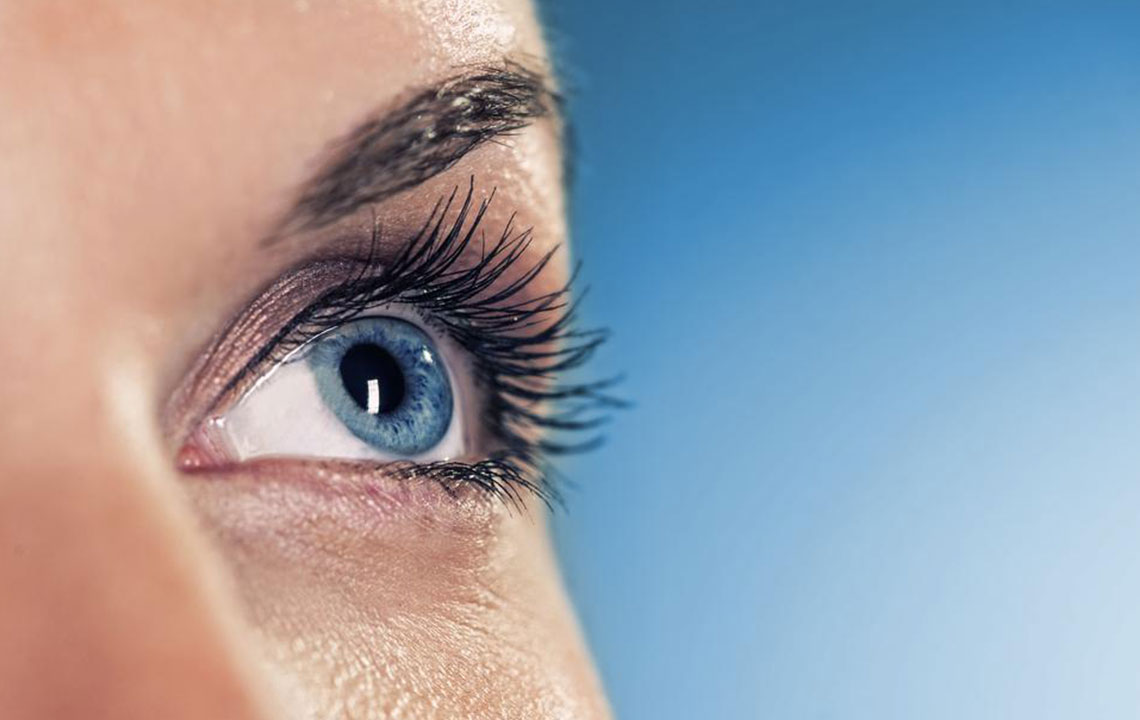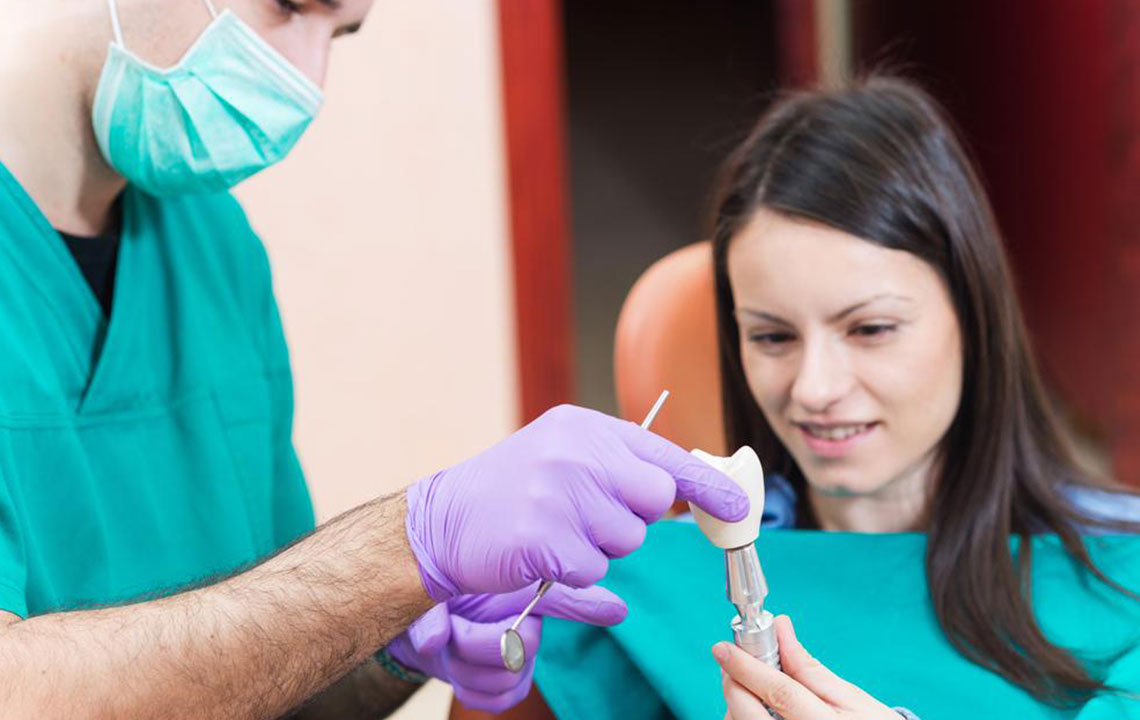
Symptoms
A Few Common Symptoms, Causes, And Treatments of Pink Eyes
Pink eyes, also known as conjunctivitis, is caused when there is swelling and redness of the conjunctiva. The conjunctiva is the mucous membrane which surrounds the eyelid and the surface of the eye. Causes of pink eyes Conjunctivitis is a common eye infection. The infection normally subsides in about 7 to 10 days. To ease the discomfort, you can use eye drops for pink eyes that are available over the counter. Pink eyes can be caused due to a bacterial or viral infection. Chemicals, smoke, and fumes can also cause conjunctivitis. Other causes include dry eyes (caused due to lack of tears because of exposure to wind/sun) and any other allergies can trigger pink eyes. Types Based on what causes the pink eye, the condition is classified as viral pink eye and bacterial pink eye. Viral pink eye A viral pink eye is caused by the adenovirus. The herpes virus can also be the reason for viral pink eye. The associated symptoms typically last for 3 to 5 days. In some cases, the infection can become chronic and last for up to 3 weeks. The symptoms include the following: Excessive release of tears The white part of the eye becomes red Swollen eyelids Itching and burning sensation Clear or sticky discharge from the eyes Swelling and tenderness in the region near the front portion of the ears You don’t require any medication to treat viral pink eye.












